This blog series is about our "Back to the Soil" project, in which we investigate whether several organic waste streams can be used as soil improvers in arable farming and how this can be legally made possible. This fifth blog post is a bit like "waste legislation for dummies." Below, you'll find an overview of all the blog posts in this series.
There's a lot of discussion about 'waste'. This makes it all the more important to know what waste actually is. The term 'waste' has been defined since 1975 in the European Waste Framework Directive (hereinafter also the WFD) and, in a slightly modified version, in Article 1.1, paragraph 1, of the Environmental Management Act (hereinafter also the Wm) as:
“any substance or object which the holder discards, intends to discard or is required to discard”.
The answer to the question of whether a product is waste does not depend on the nature or properties of a substance, object, or product, but on the behavior of its holder . If the holder discards it, intends to discard it, or is obligated to discard it, it is considered waste.
Because the Environmental Management Act (WFD) does not further define the term "disposal of," this must be assessed on a case-by-case basis . Therefore, case law pays considerable attention to the interpretation of this term. According to the Court of Justice, when interpreting the term "disposal," the objective of the WFD, but also the broader environmental objective of the European Union, must be taken into account. This objective is to protect human health and the environment from the harmful effects of waste , taking into account the precautionary principle and the principle of prevention. Therefore, the term "waste" cannot be interpreted restrictively.
In other words, to limit risks to human health and the environment, the concept of waste is interpreted broadly . An understandable choice given a history of frequent waste incidents. However, assuming that human health and the environment are not at risk (and perhaps even that the continued production of so much waste ultimately poses a risk to human health and the environment), this broad interpretation of the concept of waste also significantly hinders the development of the circular economy .
The Waste Management Plan (LAP3) and, as part of it, the concept of waste are further elaborated in the Waste Management Plan or Product Guideline . This document acknowledges the tension between limiting risks and promoting circularity. The aim of this document is therefore to "promote better use of the flexibility offered by current legislation and case law to avoid unnecessarily classifying materials as waste."
The diagram below, taken from the Waste or Product Guidelines, clearly shows when a waste product is a by-product, continued use, end-of-waste, or a waste . A brief explanation of each term follows. A more detailed explanation can be found in the Waste or Product Guidelines.
See here above image in high resolution.
By-product
Article 5 of the WFD and Article 1.1, paragraph 5, of the Environmental Management Act stipulate that substances, preparations, or objects resulting from a production process not primarily intended for the production of those substances, preparations, or objects qualify as by-products if four conditions are met . These conditions exist to ensure that, from an environmental protection perspective, it is justifiable to exempt a production residue from the waste legislation regime.
The conditions are formulated in general terms; therefore, a case-by-case assessment is required by the holder and the competent authority, and if necessary, by the court. Because the second and third criteria, in particular, create uncertainty, the Ministerial Regulation on Criteria for By-Products under the Waste Framework Directive was created in the Netherlands. The four conditions are discussed below:
1. It is certain that the material will be used;
Not only must it be certain, but it must also take place within a certain timeframe. When use is not entirely certain and/or storage can take a long time before it can be used, the material must be considered waste because the material in question constitutes a burden for the holder .
2. The substance or object can be used directly without any further processing other than that which is normal manufacturing practice;
3. The substance or object is produced as an integral part of a production process ;
This condition is closely related to condition b. Ultimately, it concerns which actions fall under 'normal industrial practice '. Furthermore, the EU guidance addresses the nature and scope (or extent) of the actions required to prepare the production residue for direct further use, and the extent to which these actions are integrated into the main process where the residue is generated.
4. Further use is lawful .
Further use is lawful if the substance or object complies with all product, environmental, and health protection requirements for the specific use, and if this use will not lead to overall adverse effects on the environment or human health (Article 5(1) and Article 6(1) of the WFD).
Continued use
The WFD does not contain a specific provision for other situations in which the question arises whether the product is waste or non-waste. The term "continued use" is used in the Waste or Product Guidelines, but does not appear in waste legislation. Continued use refers to all other situations in which materials are released or generated during or after the consumption or use phase of products.
If these materials are given to another person by the holder for further use, it is difficult to determine whether the holder is disposing of them or intends to do so. This applies, for example, to thrift stores, pruning waste, or reverse logistics.
To qualify as continued use, it must be certain that the material will be used (for further explanation of the term "certain," see section 3.1.1(a)), the intended use must be lawful (see section 3.1.1(d)), and the intended use must be of sufficient quality from a resource efficiency perspective (efficient use of natural resources). No further guidance is provided on how this should be done. Again, the burden of proof lies with the material holder, and each case is individual.
End-of-waste
Objects, preparations, and substances with so-called end-of-waste status (also known as end-of-waste status ) are also distinguished from waste. These are materials released from a waste processing operation aimed at the 'recovery' of waste. Therefore, the substances must have been waste at some point. Article 6 of the WFD specifies four criteria that must be met:
-
The substance or object is usually used for specific purposes ;
-
There is a market or demand for the substance or object;
-
The substance or object complies with the technical requirements for the specific purposes and with the legislation and standards applicable to products ; and
-
The use of the substance or object does not, taken overall, lead to adverse effects on the environment or human health .
Based on these four criteria, specific criteria can be established for certain materials at both the European and national levels. This has already been done, for example, for copper scrap, recycled granulate, and recycled glass. If this has not yet been done for a material, Article 6, paragraph 4, of the WFD stipulates that a case-by-case assessment must be made to determine whether a particular waste is no longer waste.
Want to know more? This series consists of 11 blogs in which we tell you all about the project. Click and read more:
- Intro: Back to the Soil blog series
- Back to the Bottom: The Plan
- Residual flows on the soil: why?
- From plan to experiment: the legal waste stream soap
- Waste legislation: what is waste?
- Organic waste flows on the soil: what are the legal implications?
- Update 1: Pot trials, waste stream collection & spreading
- Update 2: Back to the bottom
- Residual flows on the soil: the research results
- Residual flows on the soil: the impact
- Residual flows on the soil: the next steps

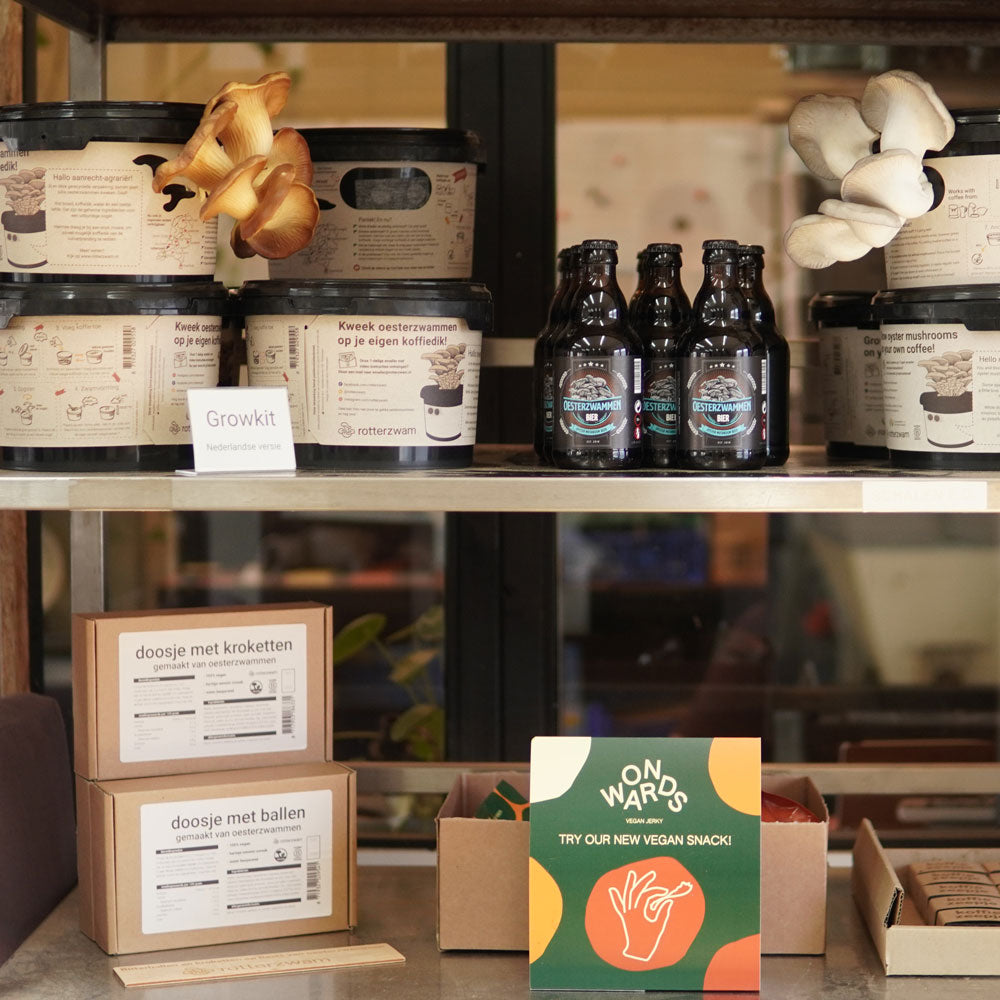
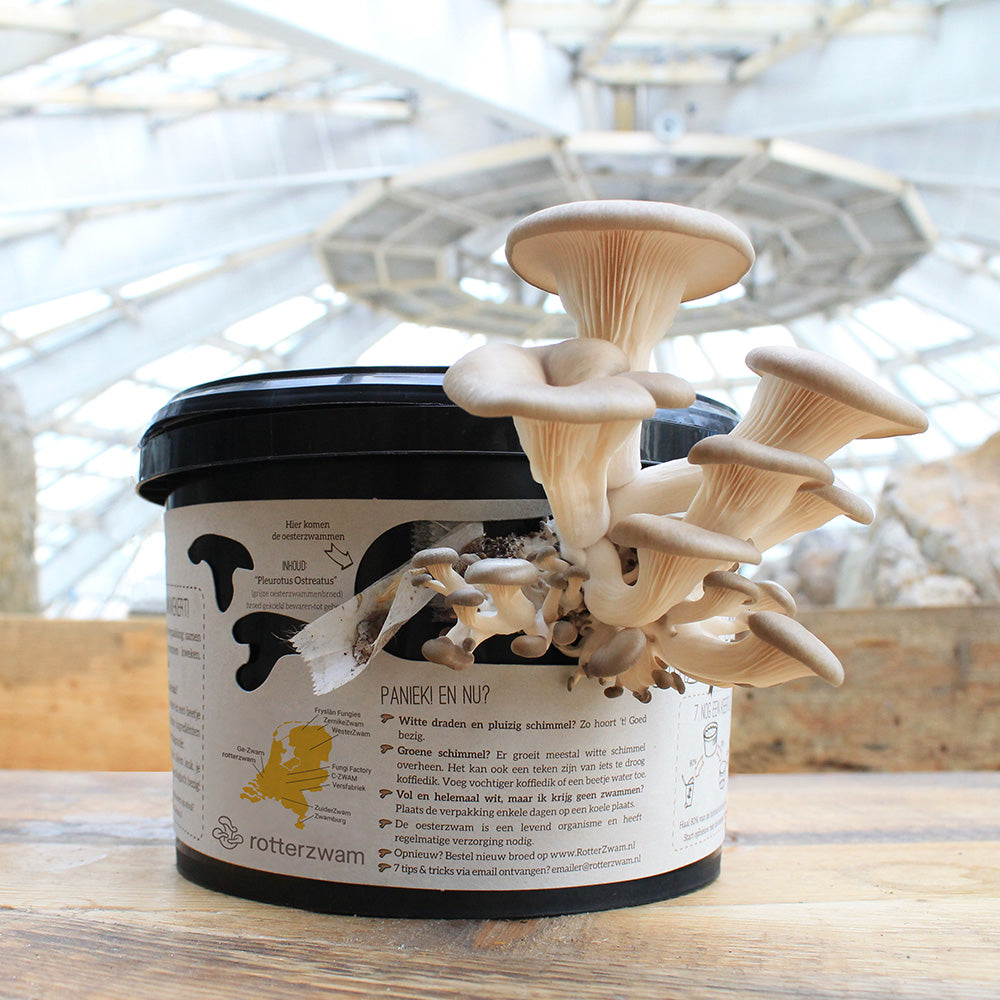

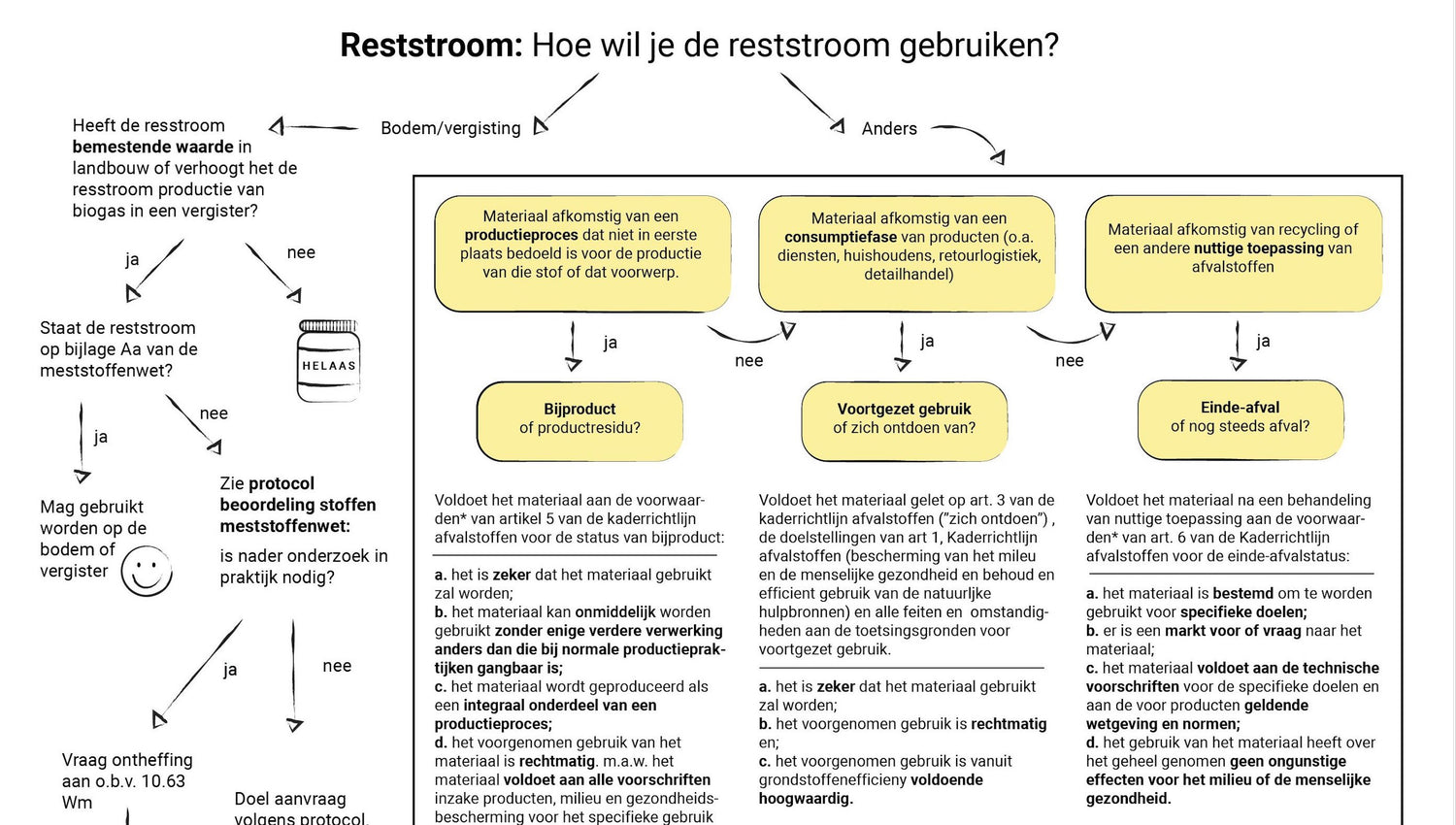

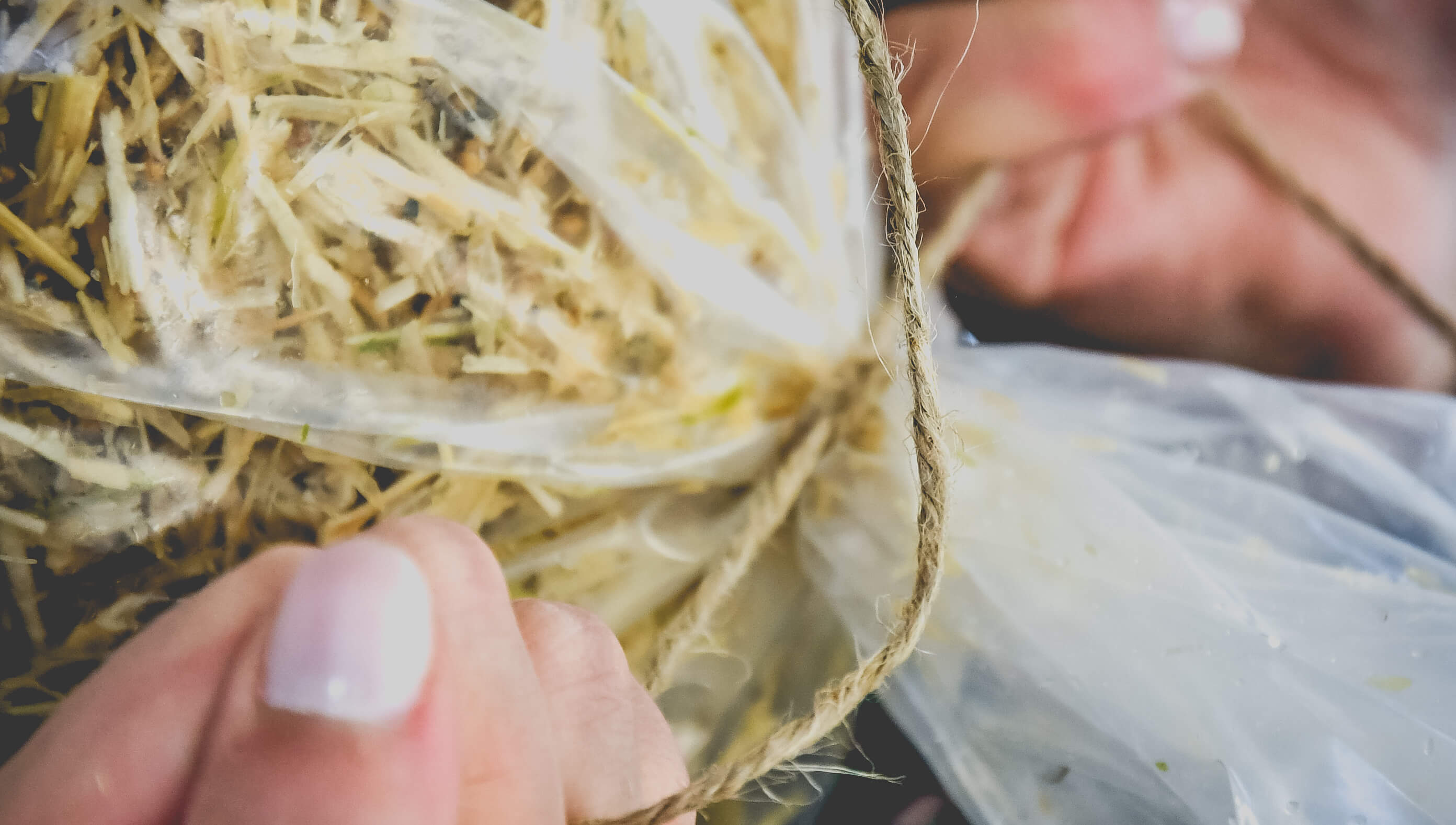
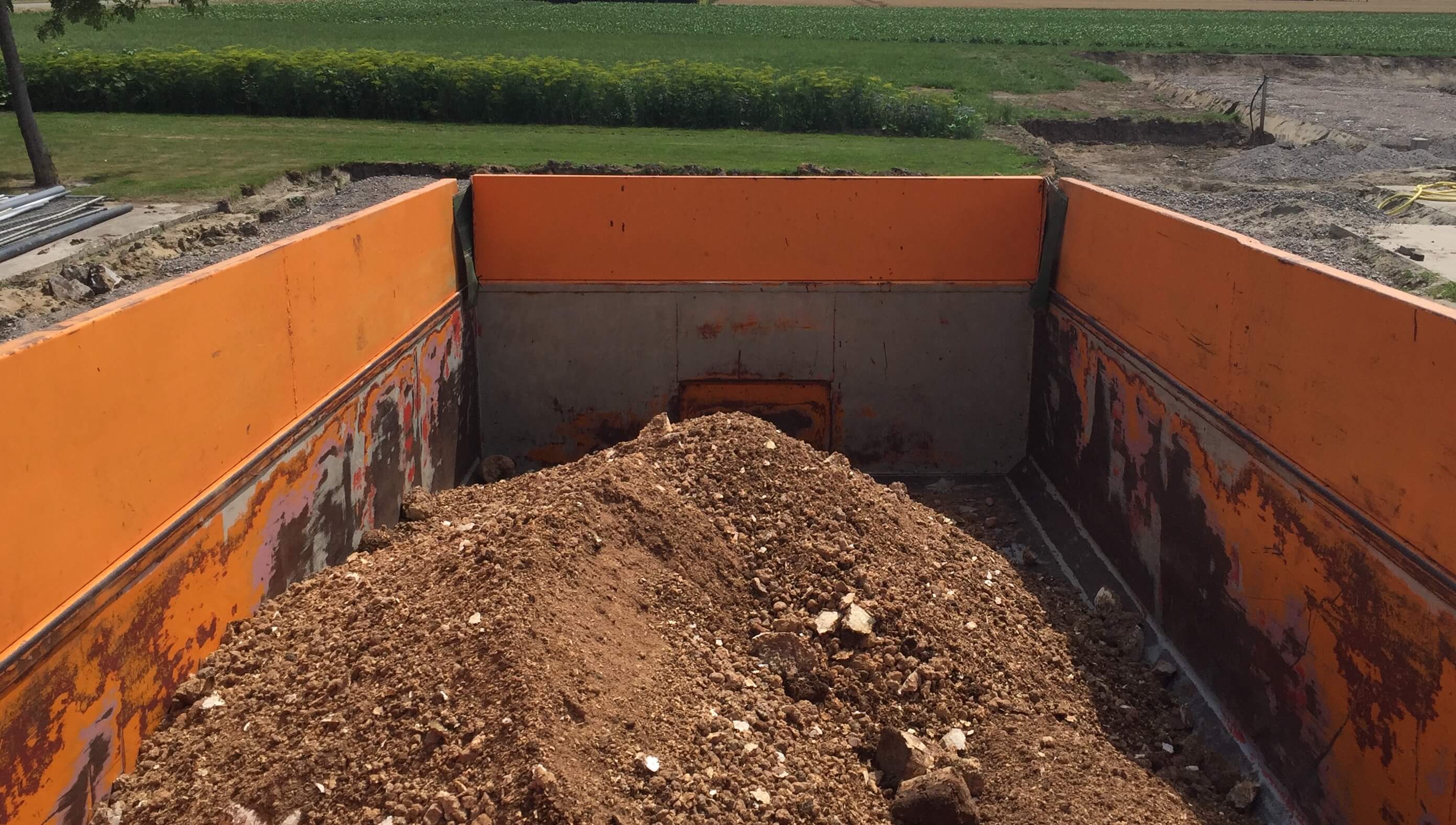
Leave a comment
All comments are moderated before being published.
This site is protected by hCaptcha and the hCaptcha Privacy Policy and Terms of Service apply.